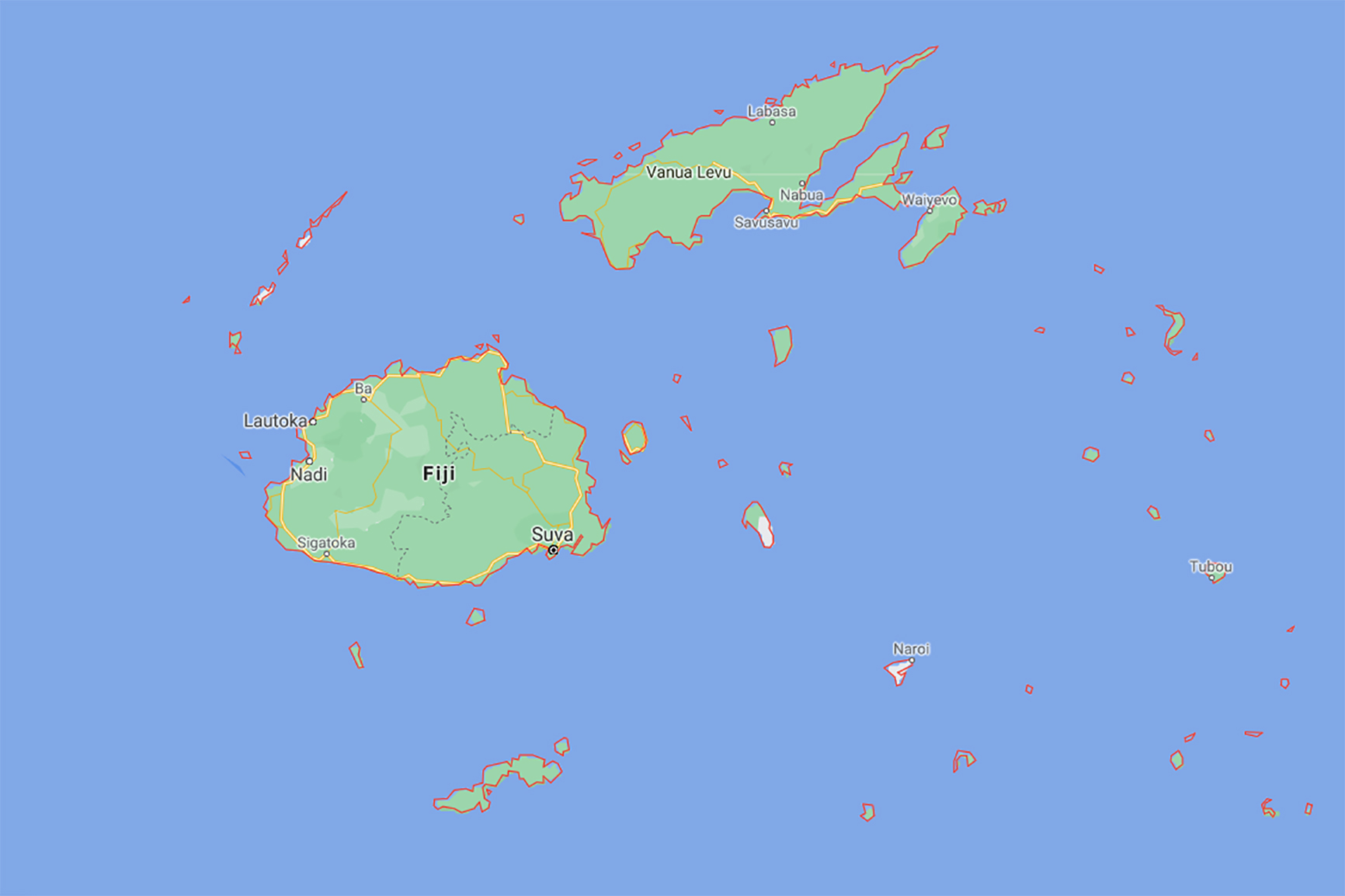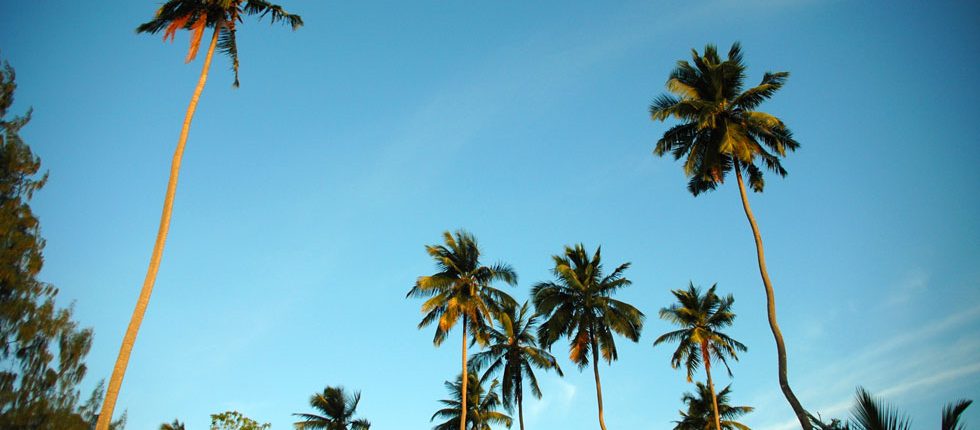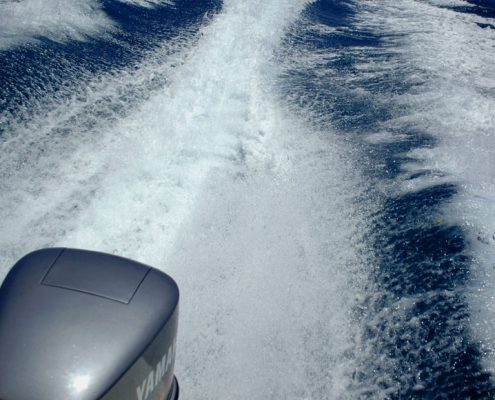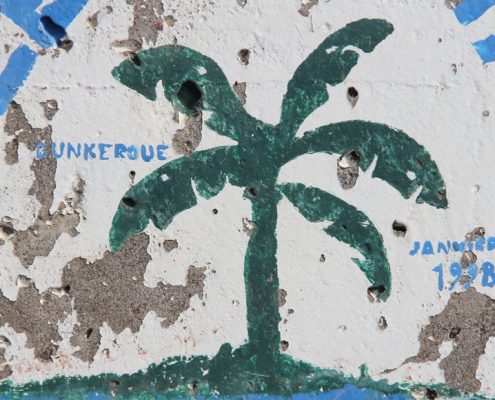Fiji
Top tip: There is no such thing as ‘touch Rugby’

Geography
Fiji lies 1875 miles west of Australia and 1100 miles south of the Equator, and comprises 322 islands, 105 of which are uninhabited. The two largest islands of Viti Levu and Vanua Levu are two extinct volcanoes rising abruptly from the sea. Mount Victoria, on Viti Levu, is the country’s highest peak at 1,322 metres (4430 ft). Tropical. Southeast trade winds from May to October bring dry weather. The rainy season is from December to April.
Facts and Figures
| Area | 18,333 sq km (7078 sq miles). |
|---|---|
| Population | 849,000 (2011 estimate) |
| Capital | Suva – population 88,271(2009) |
| Language | The official language is English. The main other languages are Fijian and Hindustani. Chinese and Urdu are also heard in the markets. |
| Religion | Methodist and Hindu with Roman Catholic and Muslim minorities. A strictly fundamentalist Methodist version of Christianity is enshrined in, and informs, the Fijian Constitution. |
| Time | GMT + 12 |
Highlights
The islands have a fabulous selection of scenic and historic attractions including trips to copra, ginger, sugar cane and cocoa plantations. Places of historic interest include the remarkable earthworks at Tavenui, old colonial houses, and the museum and botanical gardens next to Government House. Don’t miss a day’s relaxation at the hidden hot springs and mud baths, believed to have healing properties. Take a boat trip through the mangrove forests up the Rewa River Delta to fully appreciate the unique wildlife on the island. The beautiful Garden of the Sleeping Giant was originally a private orchid garden recently become open to the public. Fire-walking is famous amongst Fijian islanders, with roots in ancient legend and Indian religion, as is a traditional dance called meke. There are some superb beach hotels on the main island of Viti Levu but many visitors prefer the peace and tranquillity of the outer island resorts that are accessible by launch or seaplane.
Majestically located in the heart of the South Pacific is Fiji, one of the region’s most attractive collection of islands. The area is a stunning place to visit, with beautiful south sea beaches and some of the friendliest people in the world. Watersports range from diving and snorkelling to deep-sea fishing, water skiing, golf, surfing and horse riding. Indulge in coconut cream and fresh fish, watch some world class rugby and visit a traditional tribal area. If you’re looking for sun, sea and sand Fiji wont disappoint, but theses are islands offering much more than just an opportunity to work on your tan.
History
The indigenous islanders first met Europeans in the mid-17th century, falling under British control in the 19th century. With time and expansion the British introduced a large number of workers from India to develop a plantation economy. By the 1960s Indian descendants formed the majority of the community on the islands, and this naturally led to racial tensions between the migrants and indigenous Fijians. The 1987 April elections formed an Indian majority on the islands for the first time. This triggered an army coup d’état, headed by Colonel Rabuka, in the name of the preservation of native Fijian rights. In 2009 Fiji’s then president suspended the constitution and appointed himself head of state. The country’s subsequent failure to hold democratic elections led to Fiji being suspended from the Commonwealth of Nations.
Interested in Fiji? Call +44 (0)20 7604 4408 for expert holiday advice



